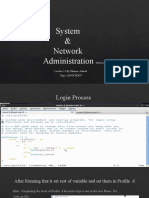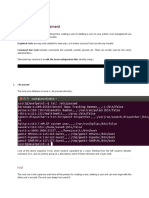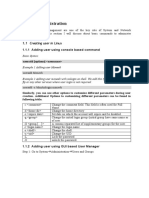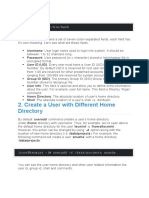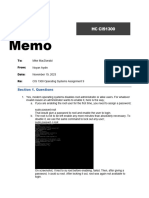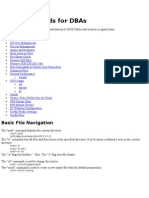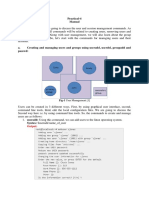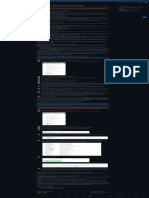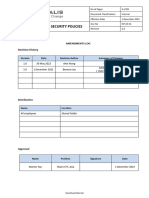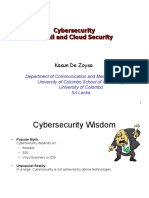0% found this document useful (0 votes)
104 views4 pagesUser & Group Management in Solaris
User and group management in Solaris can be performed through commands. There are two types of users - hard and soft. Hard users require root access to create and are added using useradd, while soft users can be created by any user via useradd. Groups include primary and secondary, with users assigned one primary but up to 15 secondary groups using usermod. Configuration files like /etc/passwd and /etc/shadow store user details and passwords, while /etc/group contains group information.
Uploaded by
seenuvasan1985Copyright
© © All Rights Reserved
We take content rights seriously. If you suspect this is your content, claim it here.
Available Formats
Download as RTF, PDF, TXT or read online on Scribd
0% found this document useful (0 votes)
104 views4 pagesUser & Group Management in Solaris
User and group management in Solaris can be performed through commands. There are two types of users - hard and soft. Hard users require root access to create and are added using useradd, while soft users can be created by any user via useradd. Groups include primary and secondary, with users assigned one primary but up to 15 secondary groups using usermod. Configuration files like /etc/passwd and /etc/shadow store user details and passwords, while /etc/group contains group information.
Uploaded by
seenuvasan1985Copyright
© © All Rights Reserved
We take content rights seriously. If you suspect this is your content, claim it here.
Available Formats
Download as RTF, PDF, TXT or read online on Scribd
/ 4






















